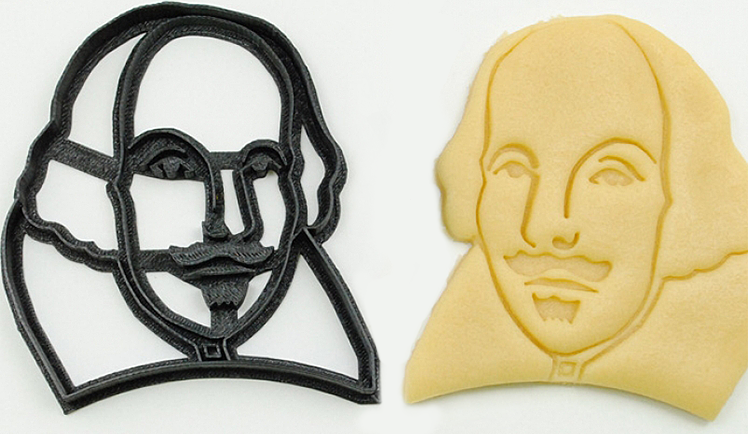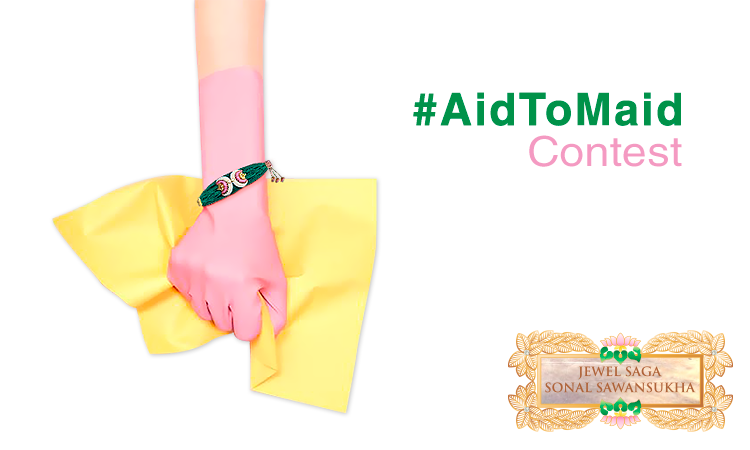Saloni Jain
JWB Intern
Dharavi Slum Girls Create Apps To Solve Gender Violence & Water Access Issues
- JWB Post
- May 16, 2016
Can technology really help teenage girls living in the slum areas? Well, yes!
In Mumbai’s Dharavi slum, girls are being taught how to code under the Dharavi Diary Project initiated by Nawneet Ranjan, a filmmaker.
This filmmaker came up with the project after he filmed residents of the Dharavi slum for a documentary called ‘Dharavi Diary’ in 2012. Two years later, he moved from San Francisco to Mumbai and began working with the girls in the community, helping them to use technology to create a much-needed change.
“These kids didn’t have dreams and aspirations because they live in such difficult circumstances.”
“I tried to get them to understand how technology can be used to challenge the status quo,” Ranjan said.
Ranjan’s efforts coupled with the willingness of these girls to learn did bear fruit! They have successfully developed apps that address major issues faced by the girls’ families and neighbors, including violence against women and access to clean water.
“When we joined the program we decided first to look at the problems that our neighborhood and community faced, and then build apps to address them,” said Ansuja Madiwal, a 15-year-old girl.
Gender-based violence is a major issue in India, and more than 30,000 rapes were reported in the country in 2013 alone. So, these girls created an app ‘Women Fight Back’ using MIT App Inventor, an open source tool which features a distress alarm and pre-selected emergency contact numbers to help prevent violence against women.
Usually, it is the duty of girls in a household to fetch clean drinking water for which they often had to wait for hours a day and miss their schools. So these girls have also developed an app called ‘Paani’ which helps residents avoid waiting in long lines for water at the community tap as this app creates an online queue, alerting households when it’s their turn.
“The parents of many of these girls are illiterate,” Ranjan noted, “In a small way now, initiatives like this help give people a greater sense of participation and awareness of the problems that they face, and how they can devote resources to solving them.”
This project has grown from 15 girls in 2014 to 200 students, including girls and boys.
Technology couldn’t have been put to better use. These girls are on their way to turn their fate and even the fate of the coming generations.
Kudos!
- 0
- 0














